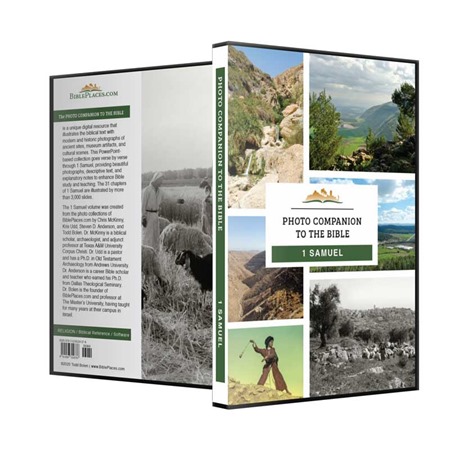The earliest evidence for the production of olives for eating has been found off the coast at Haifa.
The Bible Sleuth describes a relief that may provide a mention of the biblical David that is earlier than the Tel Dan Inscription and the Mesha Stele.
“Herod the Great Gardener” is the subject of this week’s episode on The Book and the Spade, with guest Kathryn Gleason.
A preliminary list of archaeological excavations in Israel this year is pretty short.
Renovation work has been completed at the Western Wall.
John DeLancey has created a video on Hezekiah’s Tunnel.
John Currid explains “Why We Dig: The Importance of Biblical Archaeology.”
Lawrence H. Schiffman looks at the evidence that connects John the Baptist with the Essenes/Qumran group and concludes that there is no reason to believe him was ever a member.
On Logos for $1.99: Unearthing the Bible: 101 Archaeological Discoveries That Bring the Bible to Life, by Titus Kennedy.
Ordinary Jerusalem, 1840-1940: Opening New Archives, Revisiting a Global City, edited by Angelos Dalachanis and Vincent Lemire. Available for free as a pdf.
David Hendin, author of Guide to Biblical Coins, talks about what makes a true collector.
The Jewish News looks back on early news stories of the Dead Sea Scrolls.
Glenn J. Corbett is the new editor of Biblical Archaeology Review.
Online lecture on Feb 4: “Temples and Tabernacles: How the Ancient Israelites Worshipped,” by David Ilan.
Online lecture on Feb 10: “Exploring a 3D Model of the Ancient Beth Alpha Synagogue,” by Brad Erickson
Since Shmuel Browns wasn’t guiding tourists in 2020, he took lots of photographs, and he shares his favorite ones on his blog. My favorite is “Olive Tree in Shomron.”
HT: Agade, Joseph Lauer, Arne Halbakken, Charles Savelle, Keith Keyser, Ted Weis, Alexander Schick
